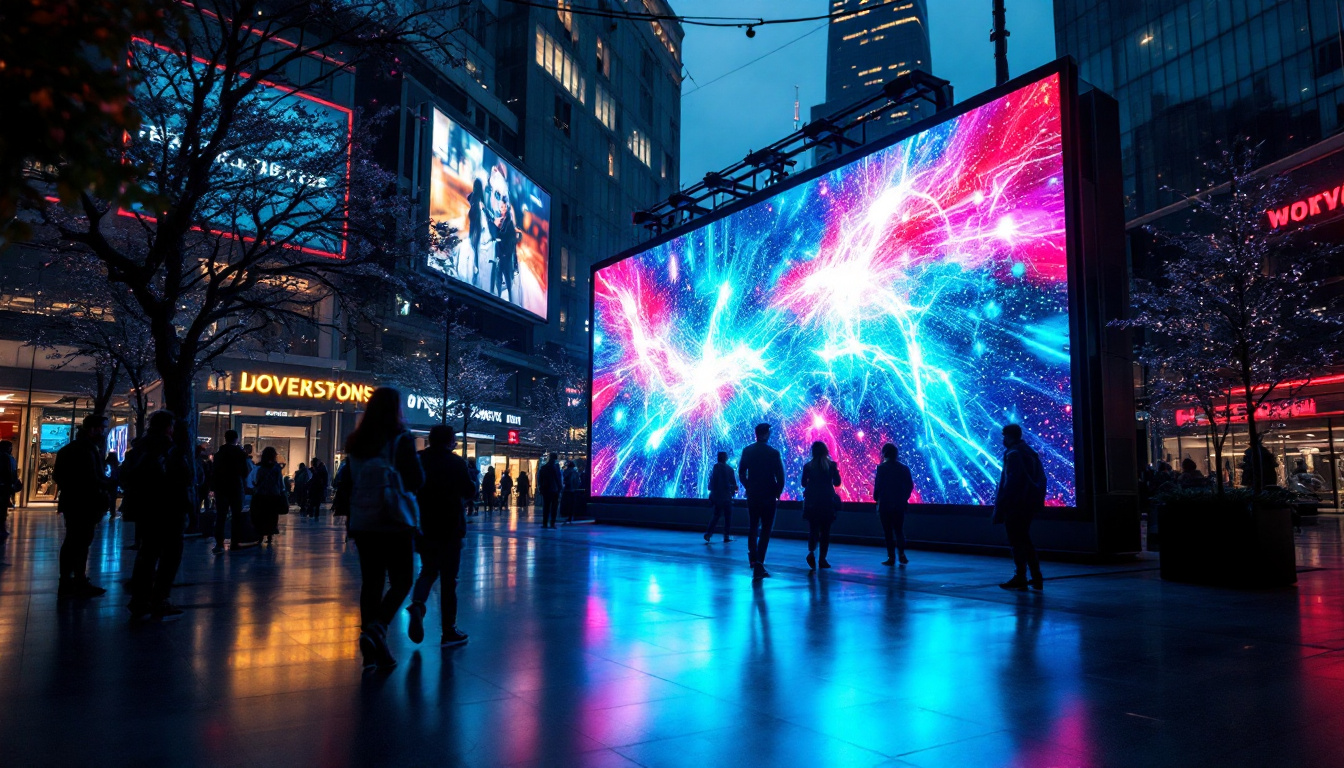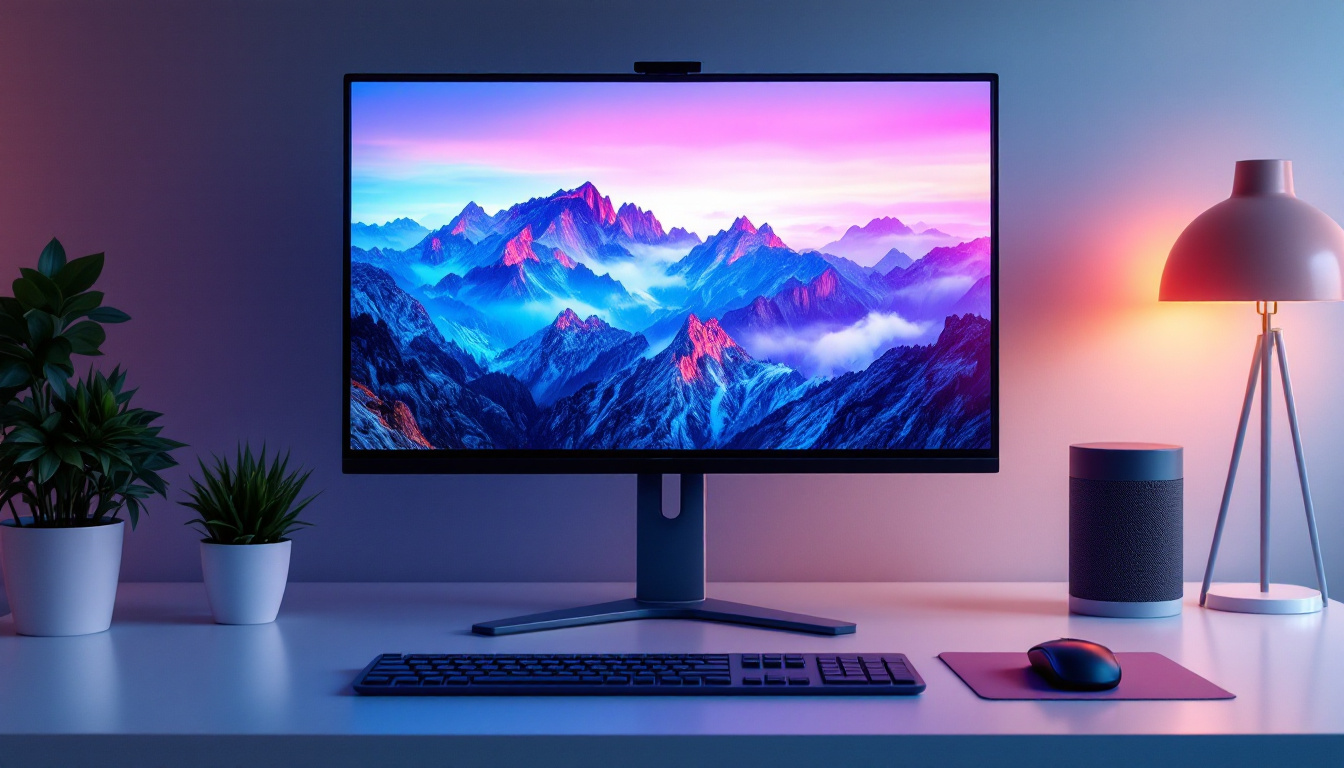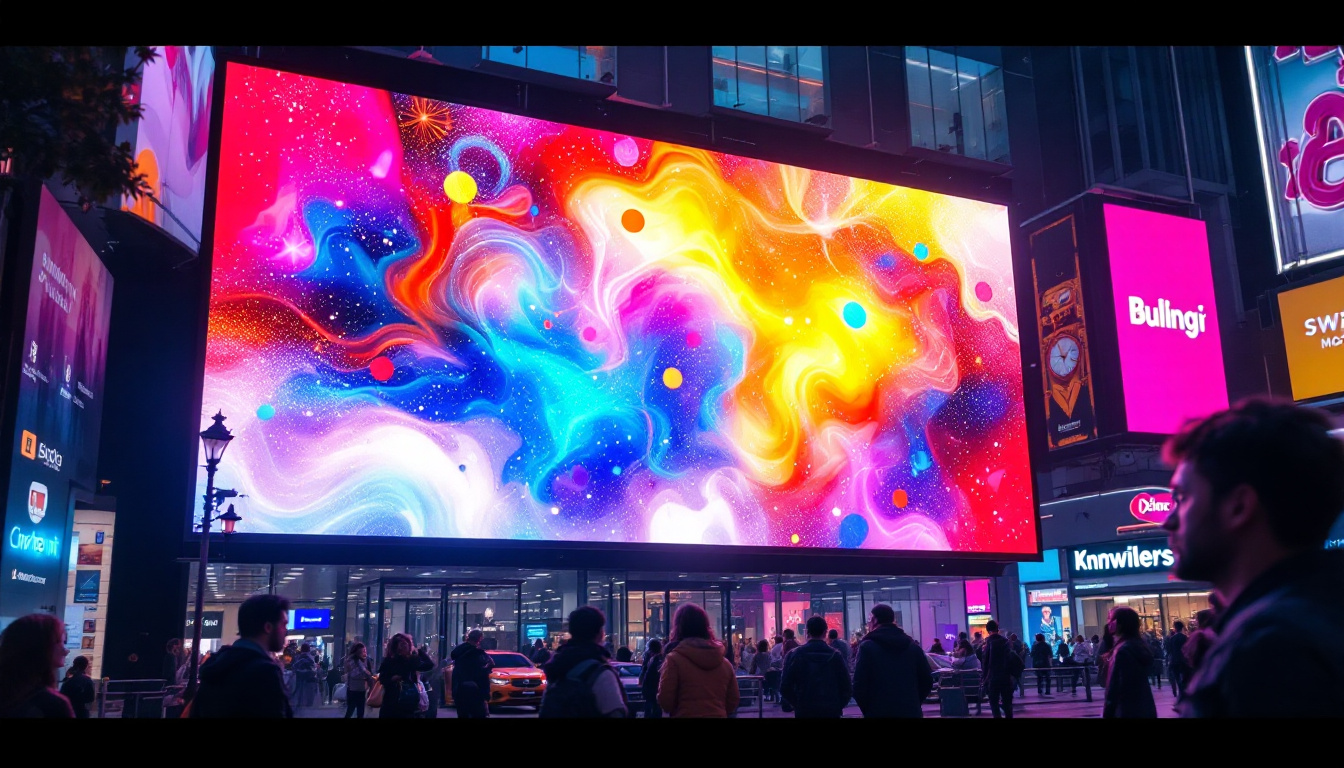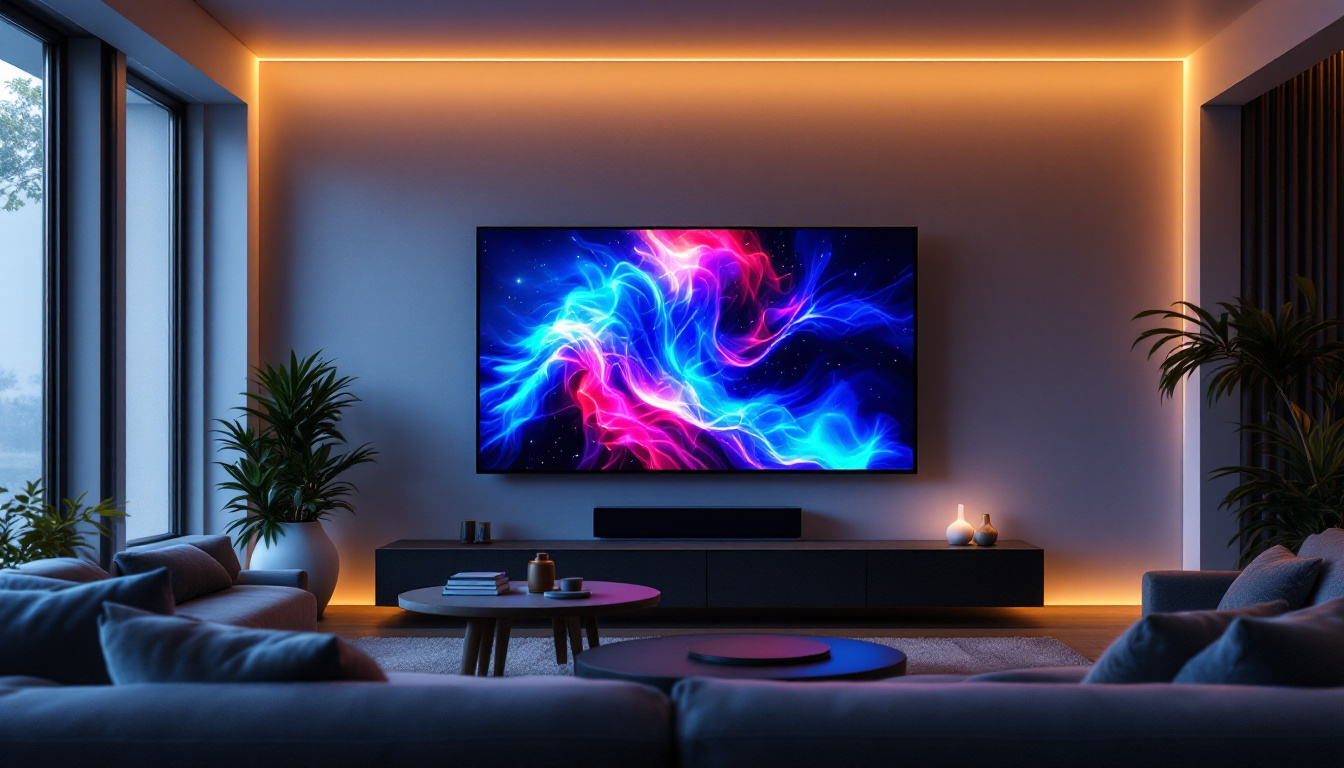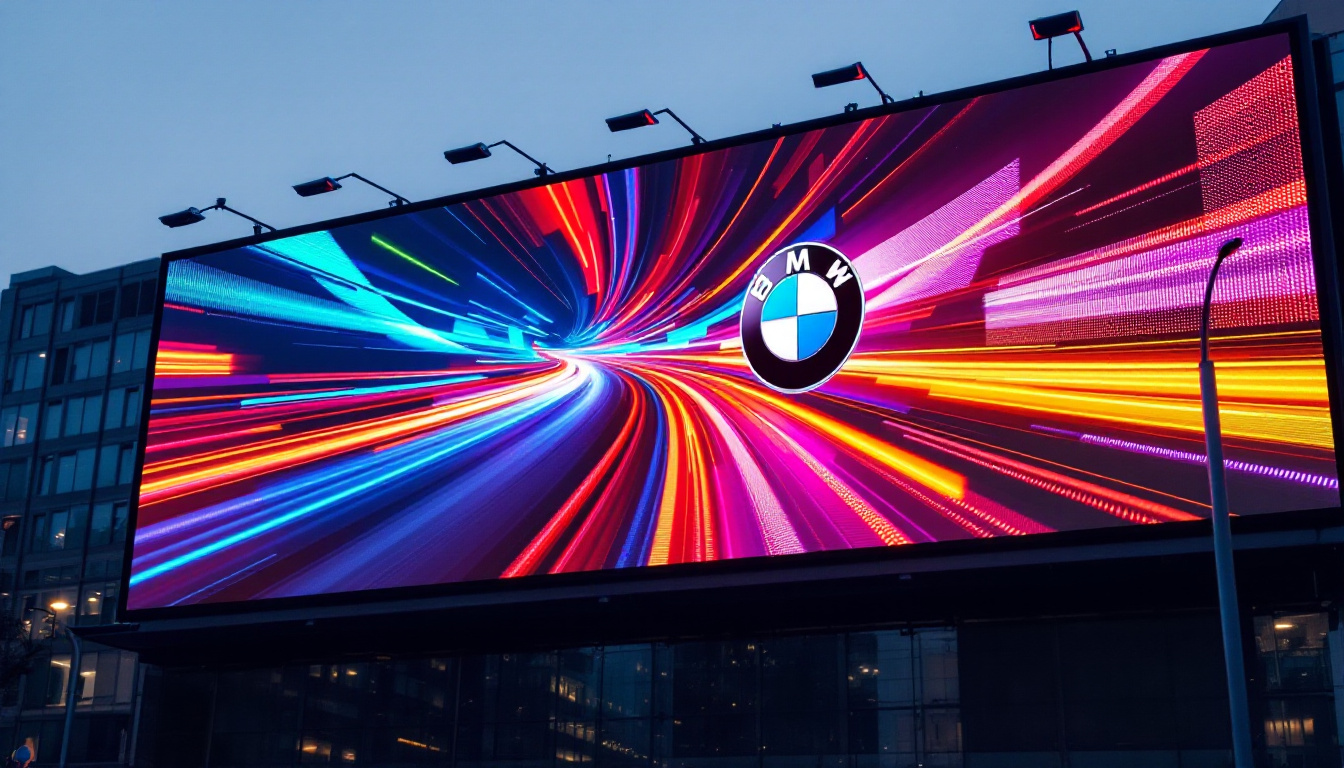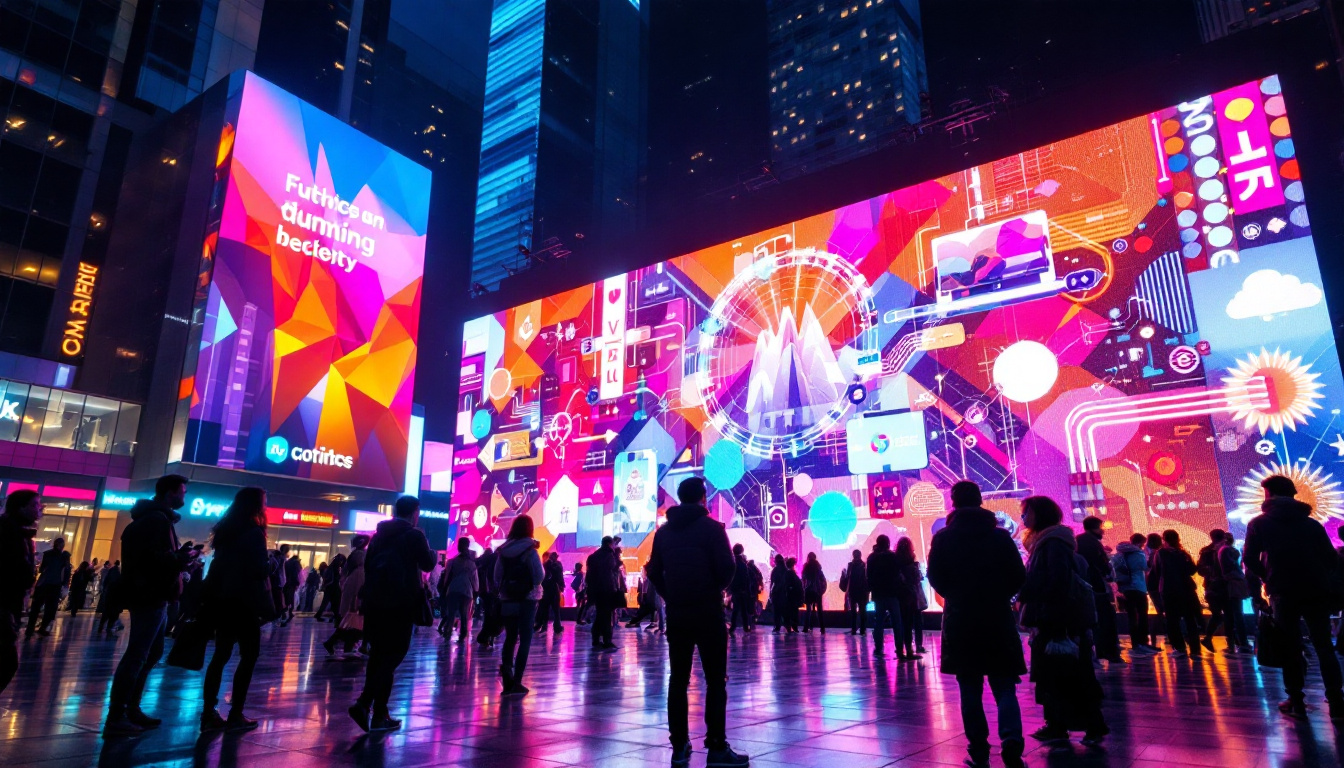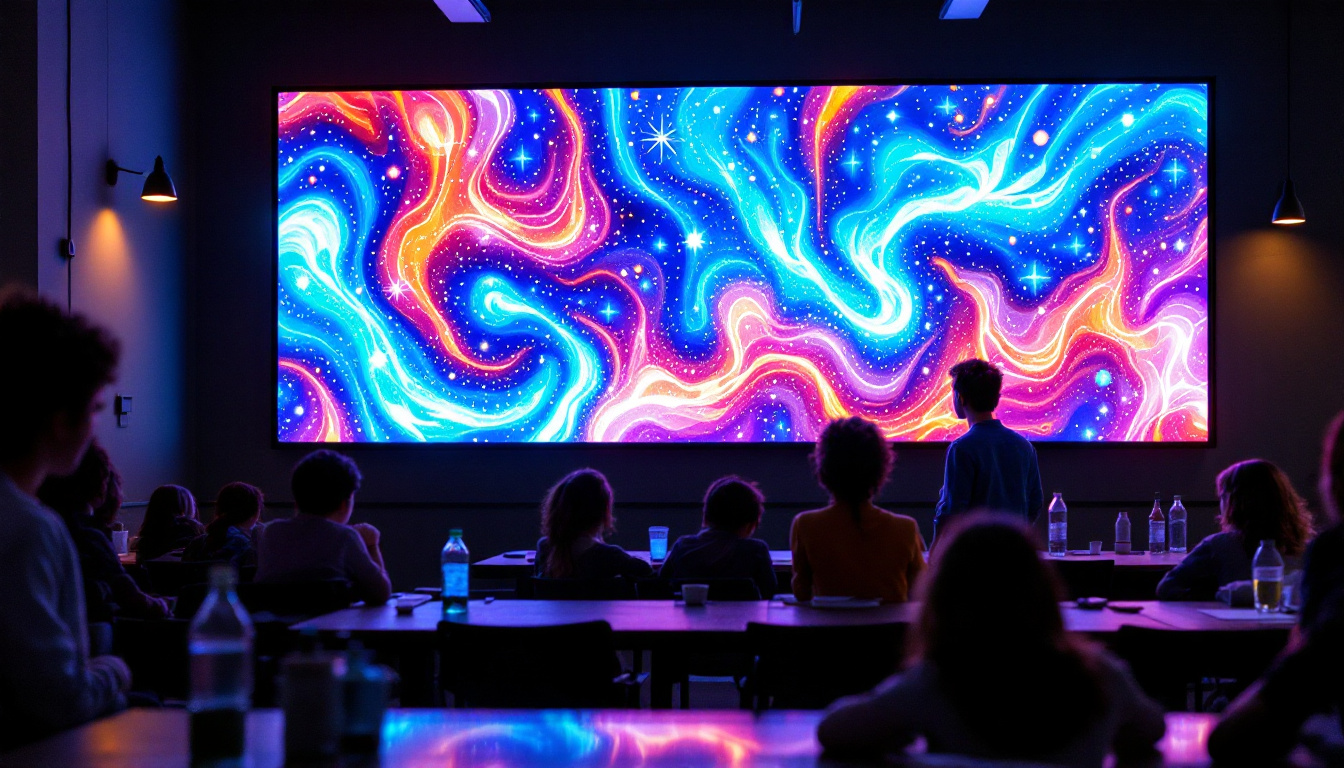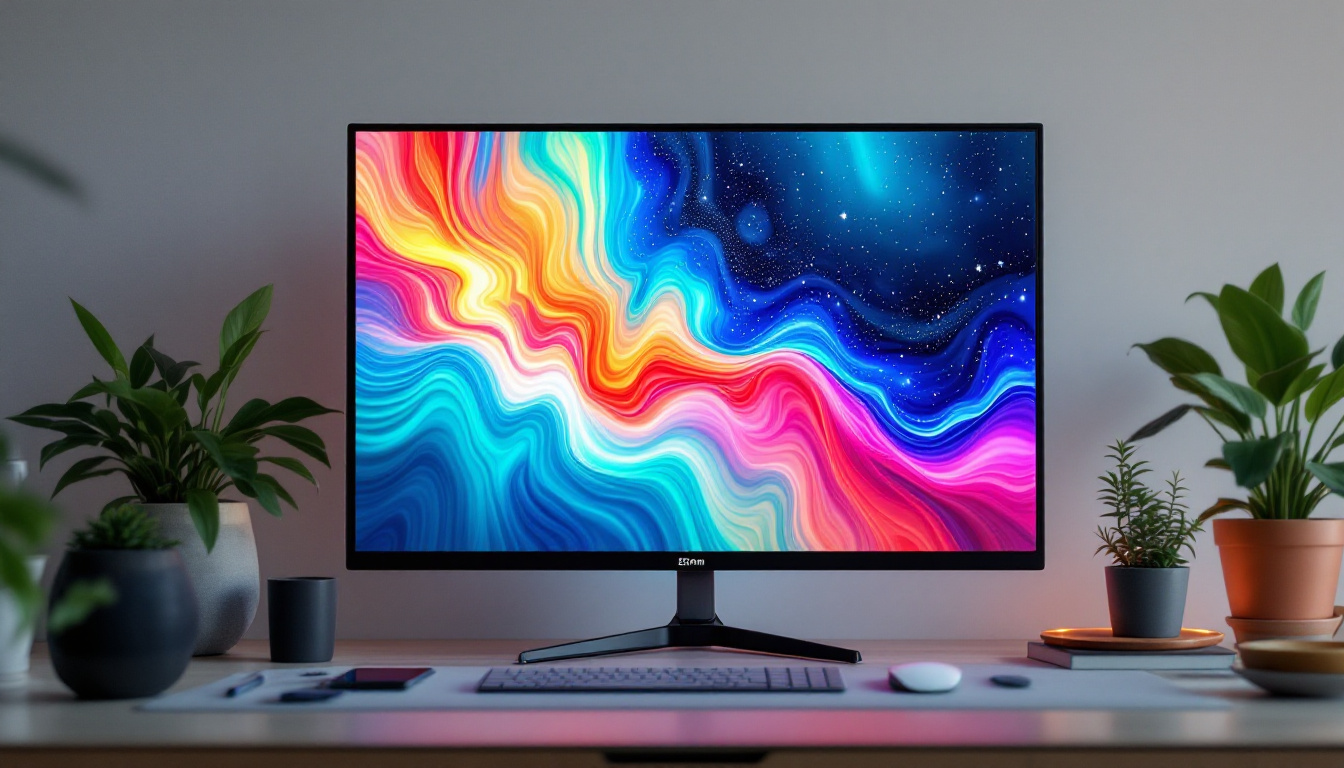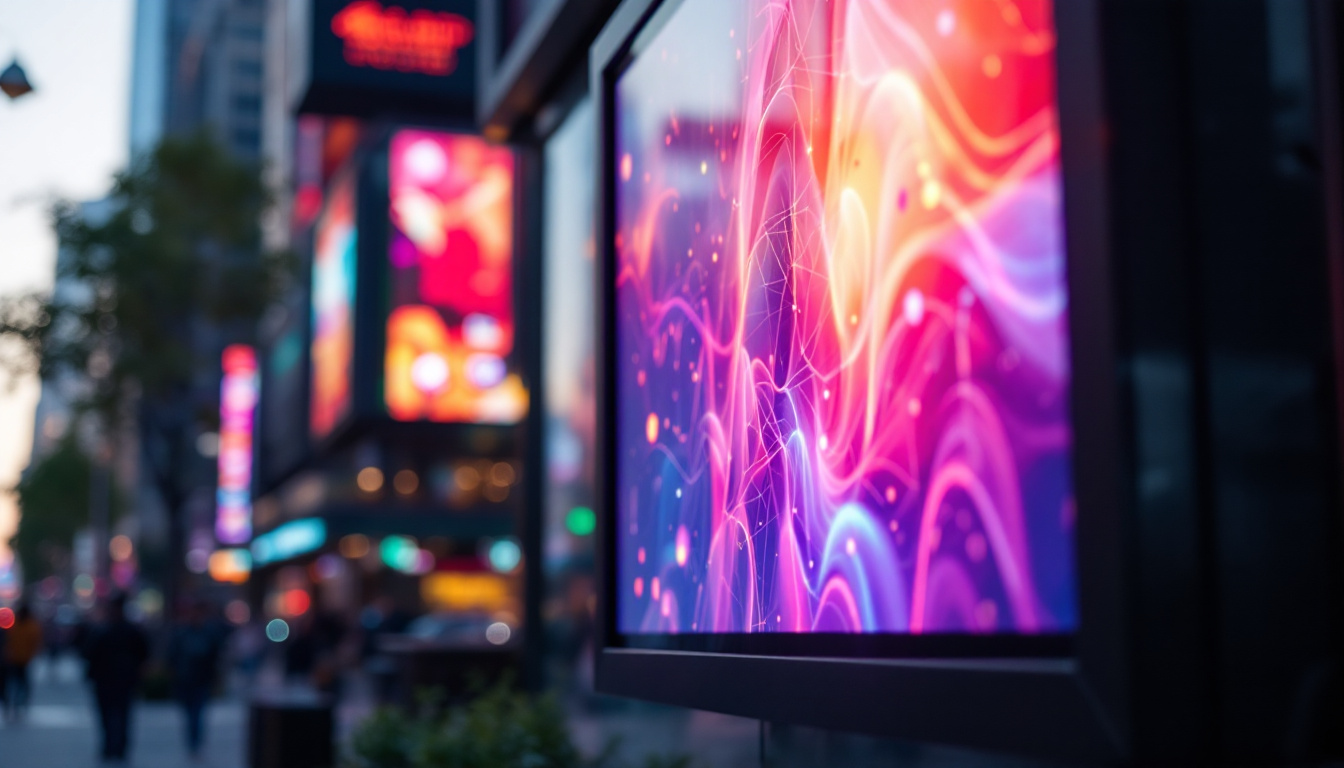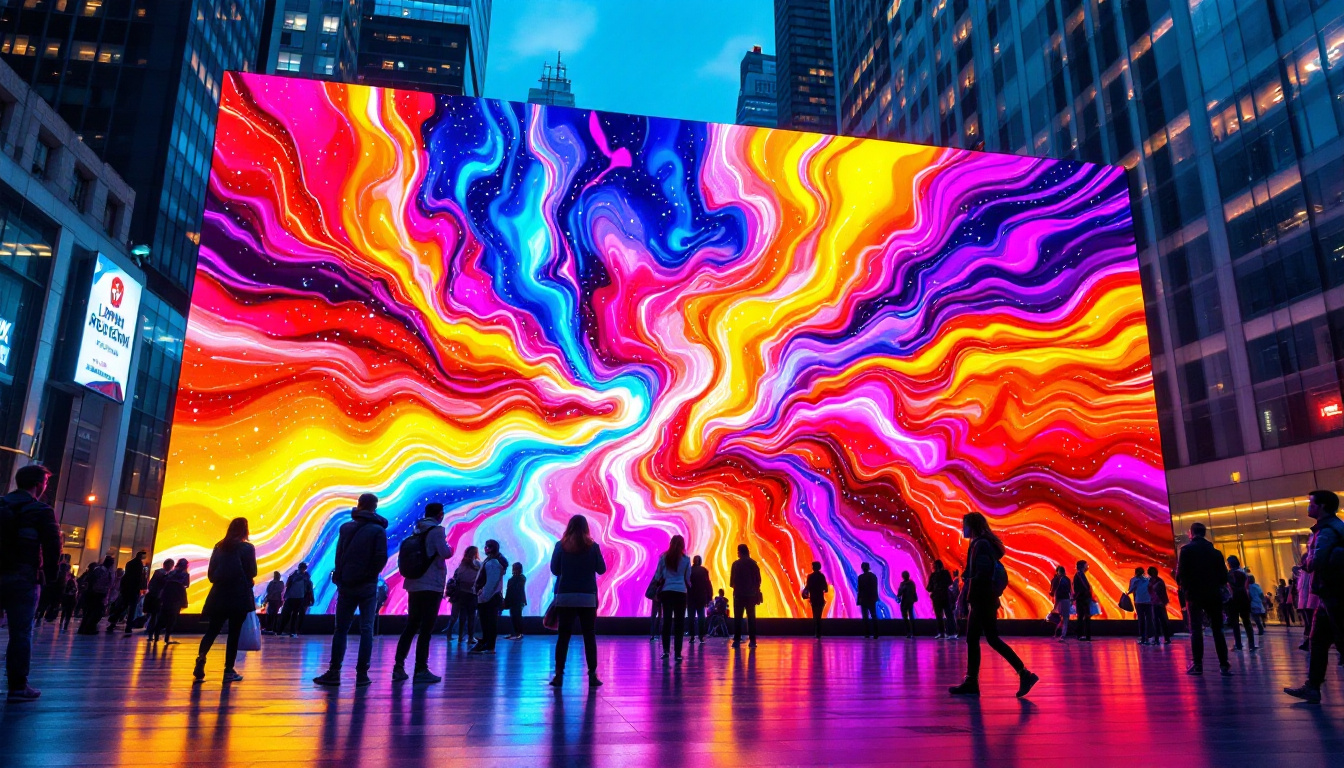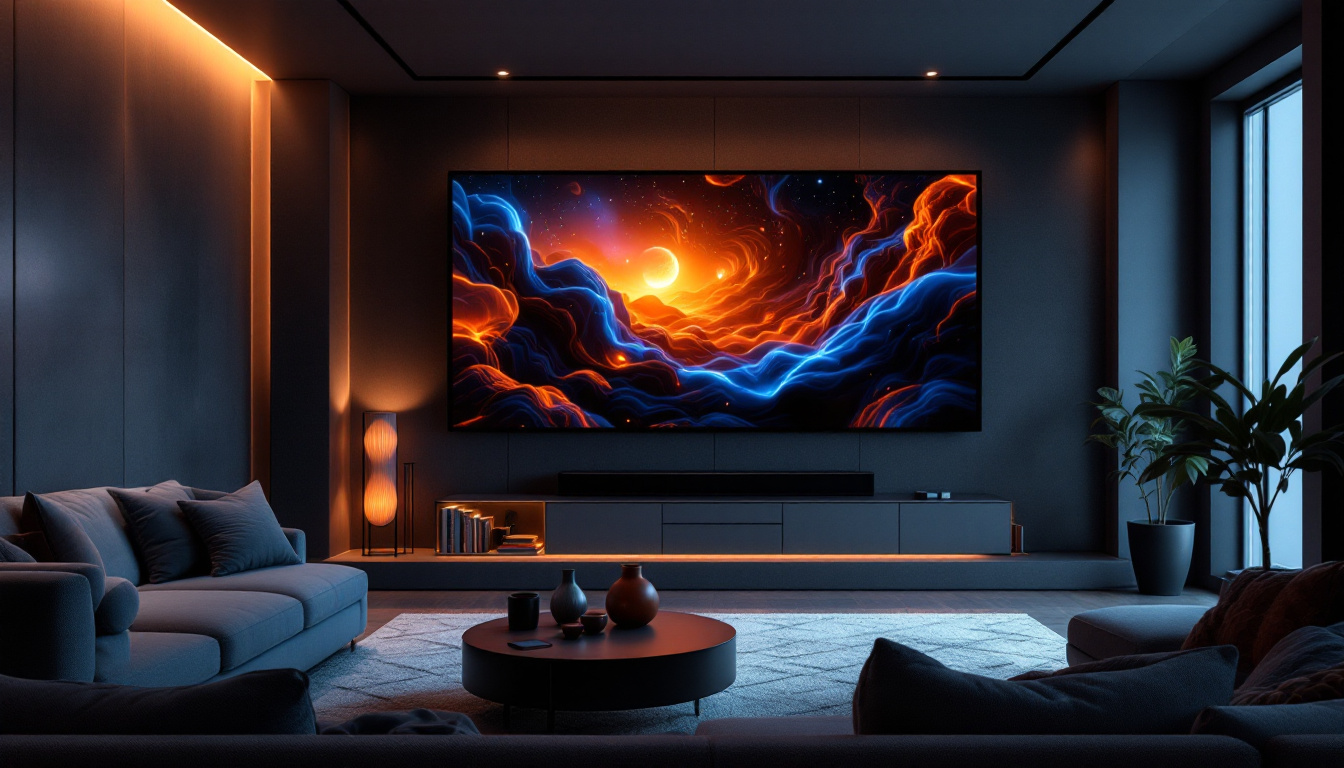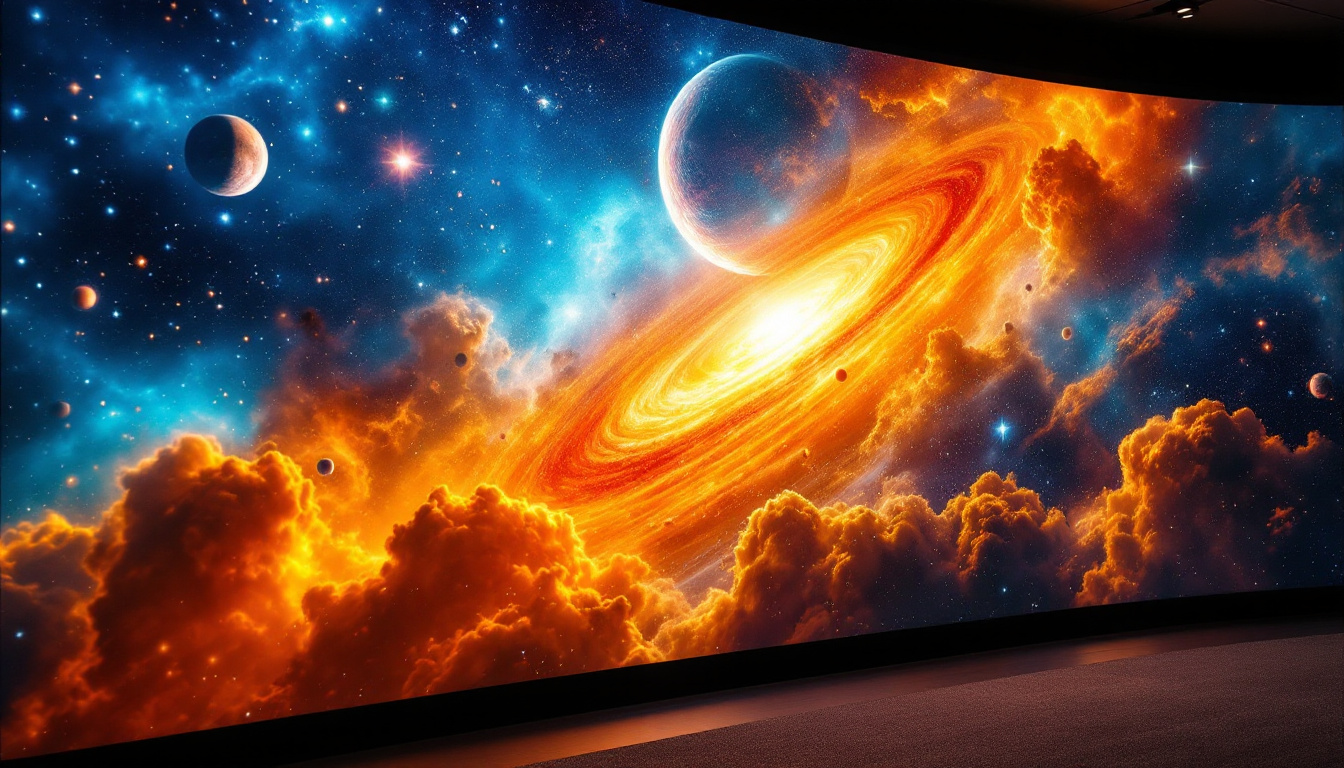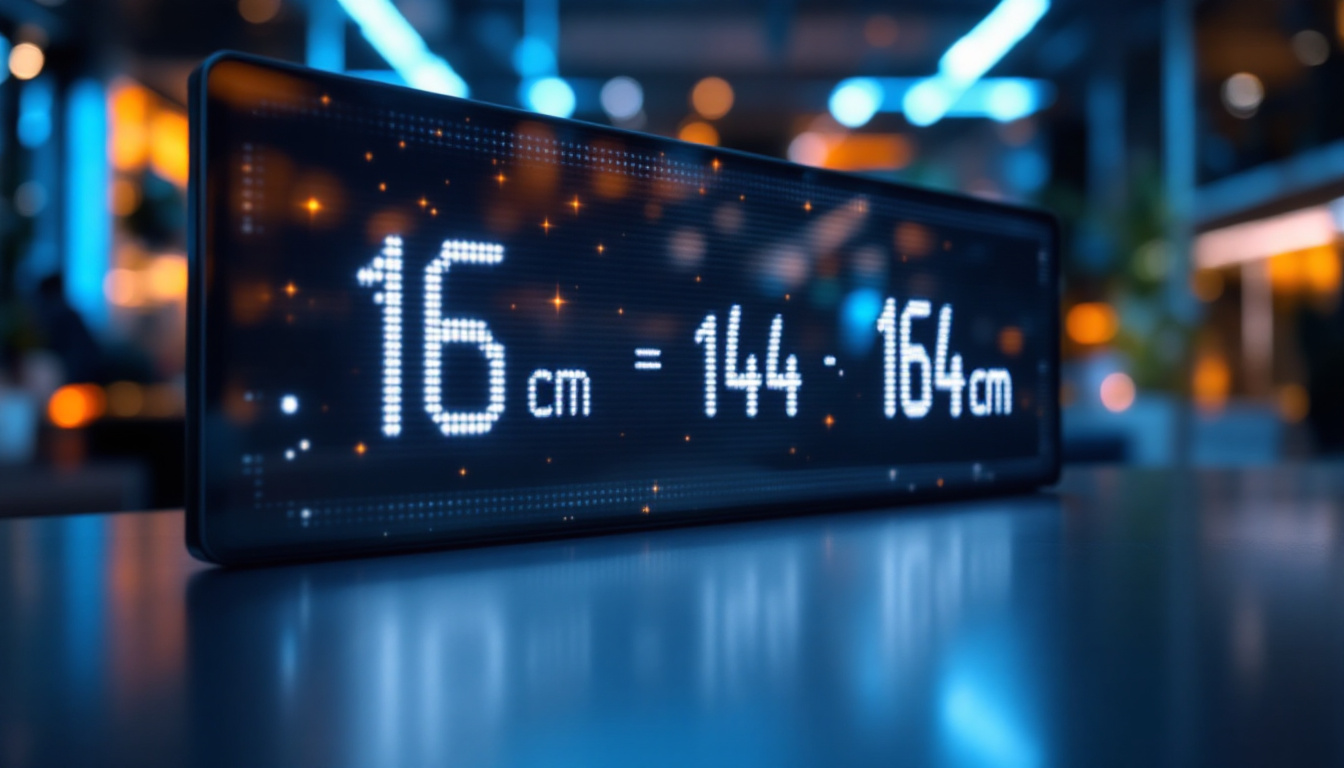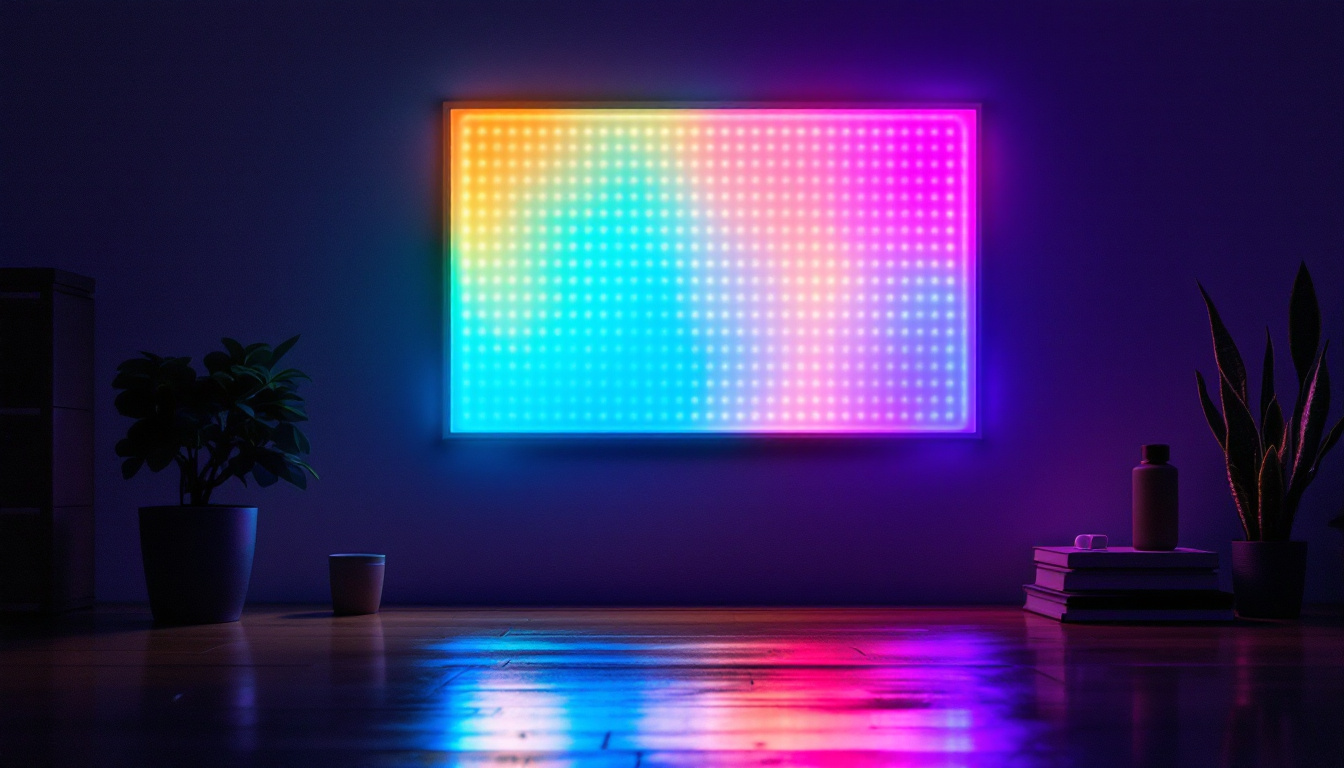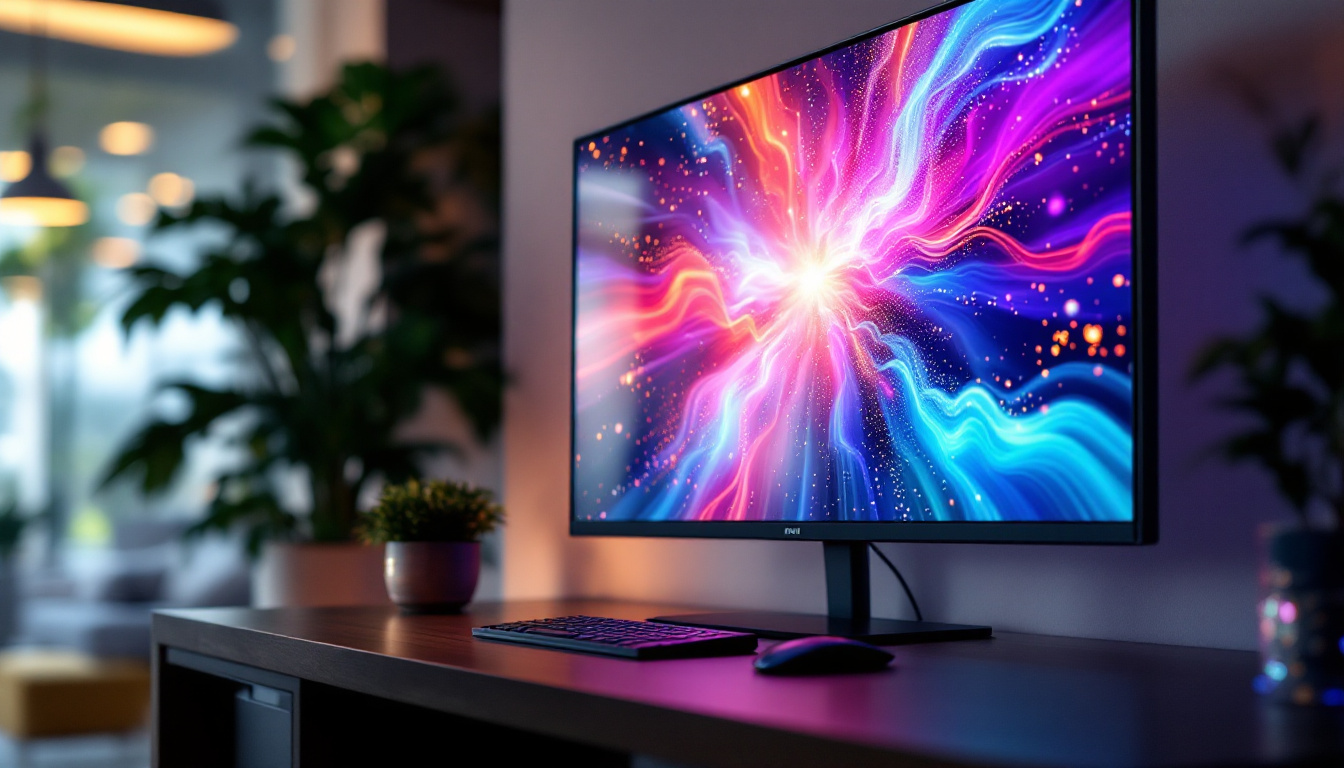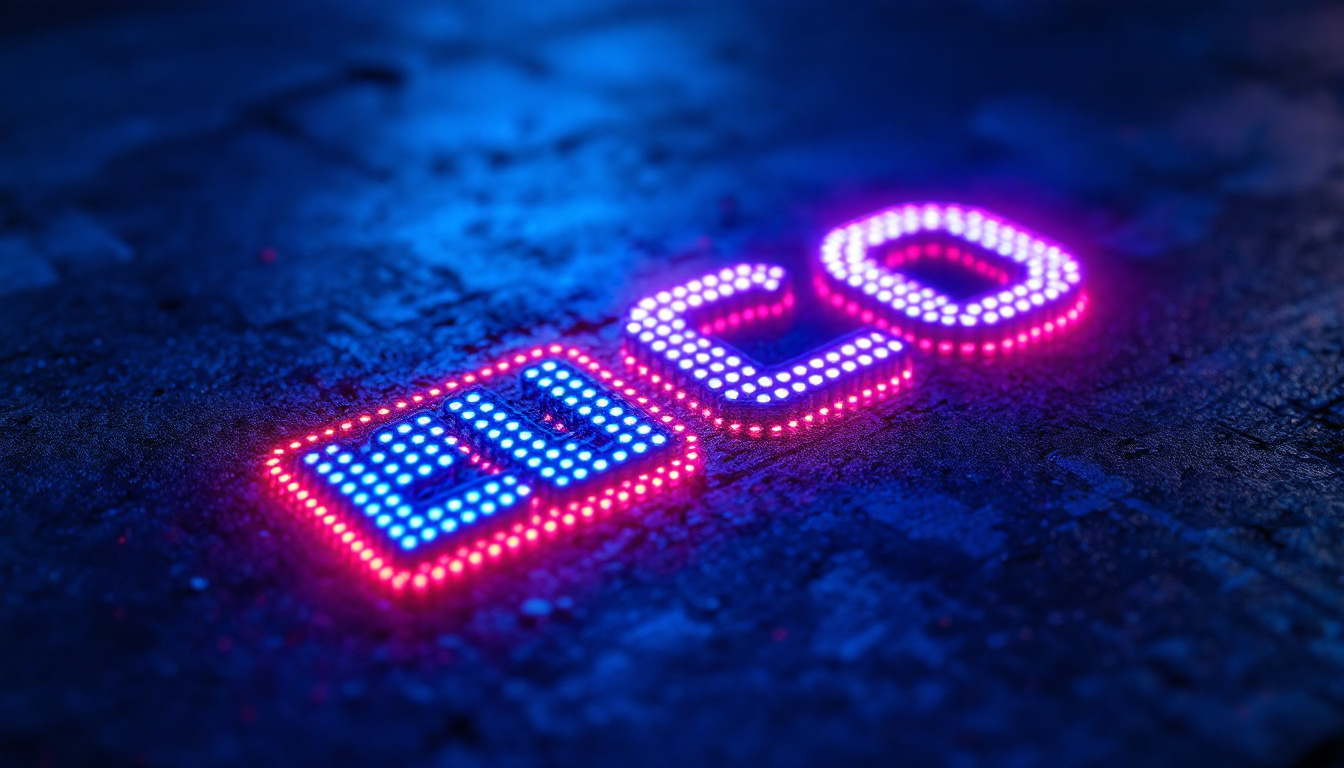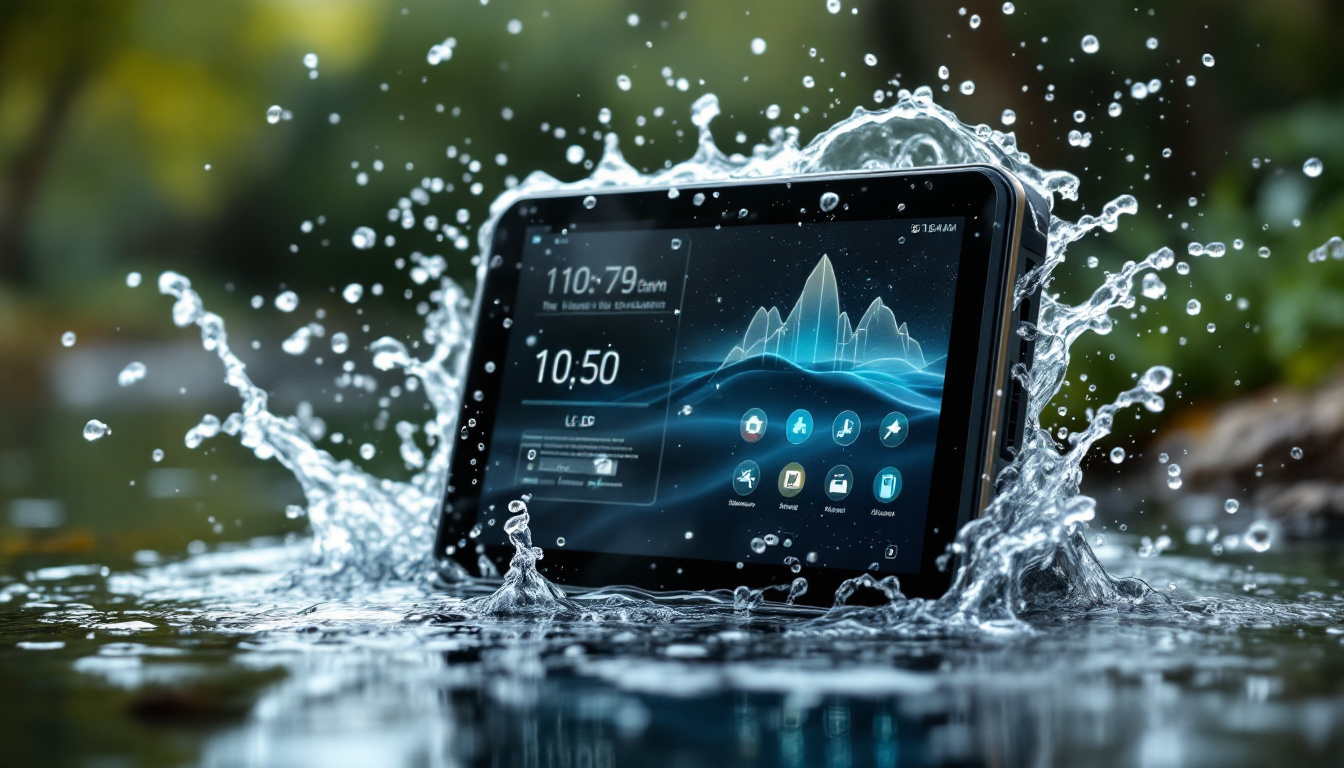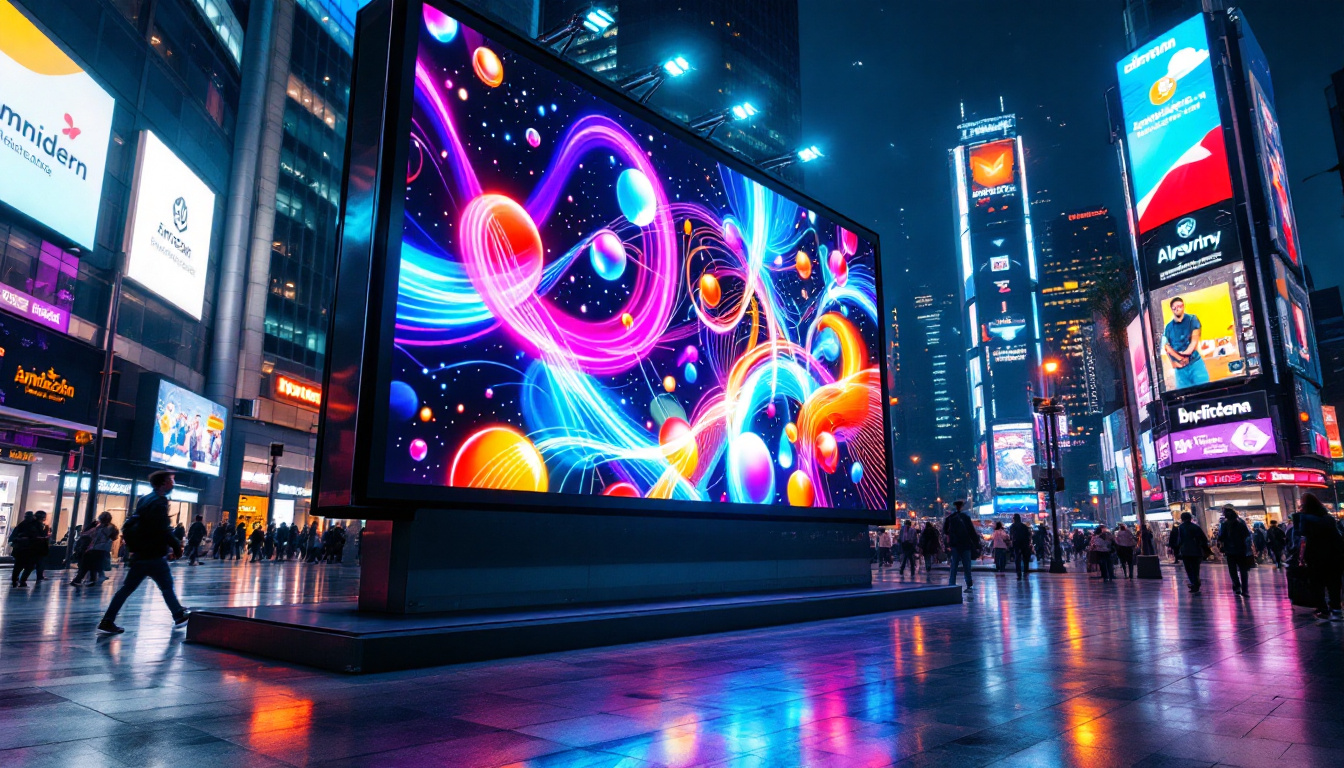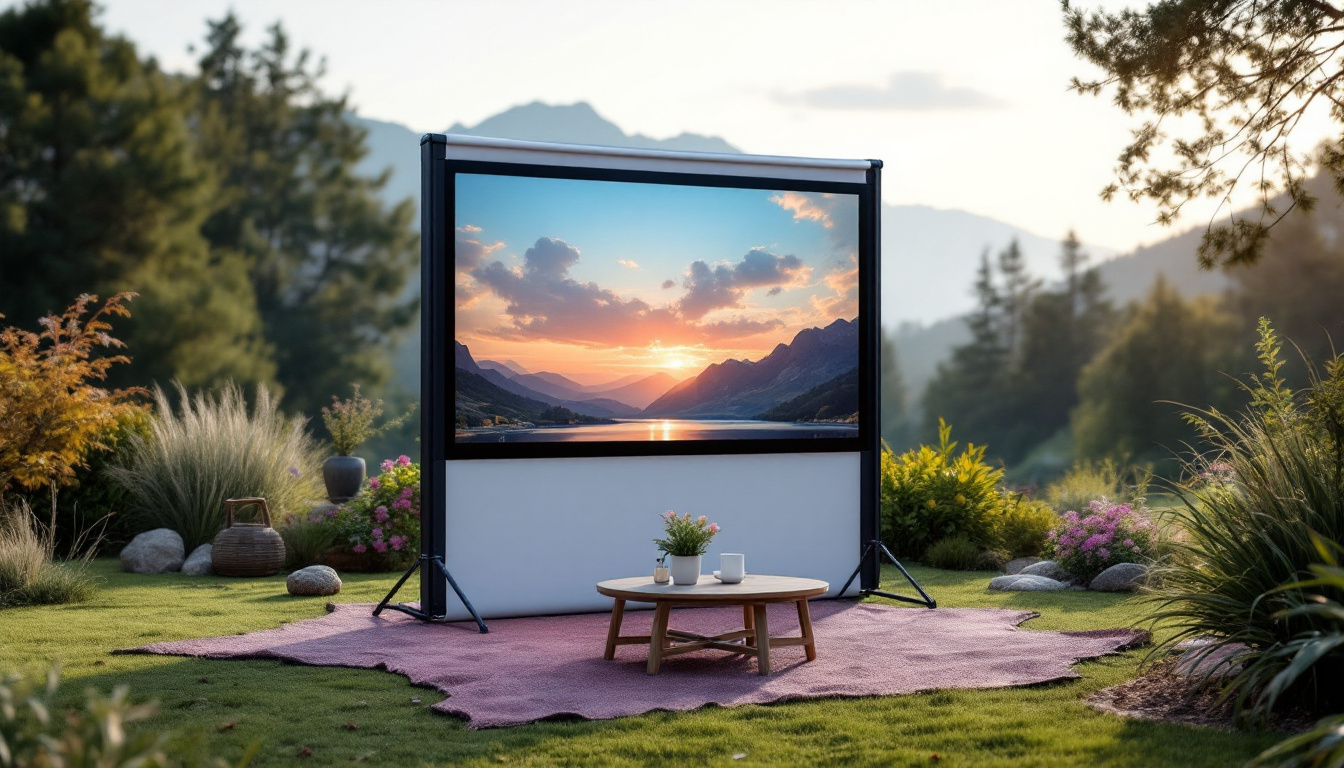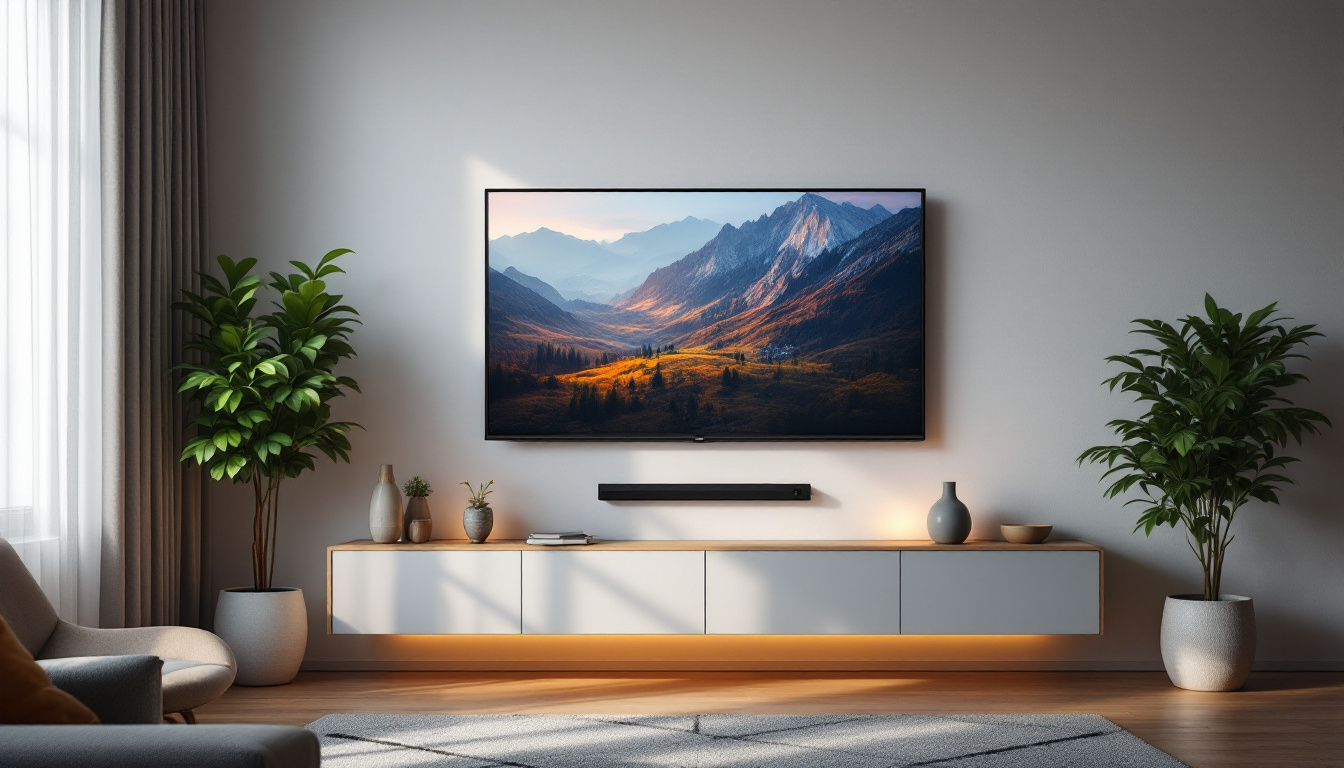In the ever-evolving landscape of advertising, 4D billboards have emerged as a groundbreaking innovation, capturing the attention of audiences in ways traditional advertising methods cannot. These dynamic displays leverage advanced LED technology to create immersive experiences that engage viewers on multiple sensory levels. This article delves into the intricacies of 4D billboards, exploring their technology, applications, and the impact they have on modern advertising.
Understanding 4D Billboards
4D billboards represent a significant leap from conventional 2D and 3D displays. While 2D billboards simply present flat images and 3D billboards add depth, 4D billboards incorporate additional elements such as motion, sound, and even tactile sensations to create a fully immersive experience. This multi-dimensional approach not only captivates viewers but also enhances brand messaging by making it more memorable. The result is a dynamic advertising medium that not only attracts attention but also fosters a deeper emotional connection between the consumer and the brand.
As the advertising landscape continues to evolve, 4D billboards are becoming increasingly popular in urban environments where competition for consumer attention is fierce. These innovative displays can be strategically placed in high-traffic areas, such as shopping districts and transportation hubs, where they can reach a diverse audience. By leveraging the latest in digital technology, brands can create campaigns that are not only visually striking but also tailored to the behaviors and preferences of their target demographic.
The Technology Behind 4D Billboards
At the core of 4D billboards is advanced LED technology. These displays utilize high-resolution LED panels that can project vibrant colors and intricate animations. The integration of motion sensors and interactive elements allows the billboard to respond to the audience’s presence, creating a personalized experience. For instance, as a person approaches the billboard, it might trigger a specific animation or sound that draws them in. This responsiveness not only enhances viewer engagement but also encourages social sharing, as people are likely to capture and post their experiences on social media platforms.
Moreover, some 4D billboards incorporate augmented reality (AR) features, allowing viewers to interact with the displayed content through their smartphones. This interaction can range from simple engagement, like scanning a QR code, to more complex experiences where users can see additional layers of information or animations overlaid on the physical world. Such technology not only captivates the audience but also provides valuable analytics for advertisers, allowing them to measure engagement and tailor future campaigns based on real-time feedback.
Types of 4D Billboards
4D billboards can be categorized into several types based on their functionality and the technologies they employ. Some of the most common types include:
- Interactive Billboards: These billboards engage viewers through touch or movement, allowing them to interact with the content. For example, a billboard might feature a game or quiz that rewards participants with discounts or promotional offers, thereby incentivizing engagement.
- Augmented Reality Billboards: By using AR technology, these displays overlay digital content onto the real world, enhancing the viewer’s experience. This can include virtual characters that interact with passersby or informative pop-ups that provide additional context about a product or service.
- Multi-Sensory Billboards: These incorporate sound, scent, and even wind effects to create a fully immersive environment that captivates the audience’s senses. Imagine walking past a billboard that not only displays a delicious food advertisement but also emits the aroma of fresh-baked goods, creating a compelling sensory experience that lingers in the memory.
Applications of 4D Billboards
The versatility of 4D billboards makes them suitable for a wide range of applications across various industries. From retail to entertainment, their ability to engage and captivate audiences has led to innovative marketing strategies that leverage this technology.
Retail and Advertising
In the retail sector, 4D billboards have revolutionized how brands communicate with consumers. By creating engaging and interactive advertisements, retailers can draw in foot traffic and enhance the shopping experience. For example, a clothing store might use a 4D billboard to showcase a new collection, allowing passersby to interact with the display and see how the clothes would look in different settings.
Moreover, the ability to update content in real-time means that brands can tailor their messages based on the time of day, current events, or even weather conditions, ensuring that their advertisements remain relevant and engaging.
Entertainment and Events
4D billboards have found a prominent place in the entertainment industry, particularly in promoting movies, concerts, and events. By creating immersive experiences that transport viewers into the world of the entertainment being promoted, these billboards can generate excitement and anticipation.
For instance, a movie studio might use a 4D billboard to display a trailer that incorporates sound effects and motion, making it feel as though the audience is part of the action. This type of engagement not only captures attention but also enhances the overall marketing strategy by creating buzz around upcoming releases.
Public Awareness Campaigns
Beyond commercial applications, 4D billboards have also been utilized for public awareness campaigns. Non-profit organizations and government agencies can leverage this technology to convey important messages in a more impactful way. For example, a campaign aimed at promoting road safety might use a 4D billboard to simulate the dangers of distracted driving, using sound and motion to create a memorable experience that resonates with viewers.
Such campaigns can effectively communicate critical information while fostering a deeper emotional connection with the audience, making the message more likely to stick.
The Impact of 4D Billboards on Advertising
The introduction of 4D billboards has significantly transformed the advertising landscape. Their ability to engage audiences on multiple levels has led to increased brand awareness and consumer engagement.
Enhanced Consumer Engagement
One of the most notable impacts of 4D billboards is the enhancement of consumer engagement. Traditional advertising often struggles to capture attention in a world saturated with visual stimuli. However, the interactive and immersive nature of 4D billboards creates a unique experience that encourages viewers to stop, engage, and interact with the content.
This heightened engagement can lead to increased brand recall and a stronger emotional connection between consumers and brands. As a result, advertisers are increasingly investing in 4D technology to create memorable experiences that resonate with their target audience.
Data-Driven Insights
Another significant advantage of 4D billboards is the ability to gather data-driven insights. Many of these displays are equipped with analytics tools that track viewer interactions, providing valuable information about audience demographics, engagement levels, and preferences. This data can be invaluable for brands looking to refine their marketing strategies and tailor their content to better meet the needs of their audience.
By understanding how viewers interact with their advertisements, brands can make informed decisions about future campaigns, ensuring that their marketing efforts are both effective and efficient.
Challenges and Considerations
Despite the numerous benefits of 4D billboards, there are also challenges and considerations that advertisers must keep in mind. The high cost of implementing 4D technology can be a barrier for some businesses, particularly smaller companies with limited budgets. Additionally, the complexity of creating engaging content that effectively utilizes the technology requires specialized skills and expertise.
Moreover, as with any advertising medium, there is the potential for viewer fatigue. If audiences become overwhelmed by overly complex or frequent 4D advertisements, they may disengage rather than engage. Therefore, it is crucial for brands to strike a balance between innovation and simplicity, ensuring that their messages remain clear and impactful.
The Future of 4D Billboards
The future of 4D billboards looks promising, with advancements in technology continually pushing the boundaries of what is possible. As LED technology becomes more sophisticated and affordable, it is expected that more businesses will adopt 4D advertising solutions.
Integration with Smart Technologies
One exciting trend is the integration of 4D billboards with smart technologies. As cities become smarter and more interconnected, the potential for 4D billboards to interact with other digital systems will grow. For instance, billboards could use real-time data from social media or weather forecasts to tailor their content dynamically, ensuring that advertisements are always relevant and engaging.
This level of personalization could further enhance consumer engagement, as audiences will be presented with content that resonates with their current context and interests.
Environmental Considerations
As the demand for more sustainable advertising solutions increases, 4D billboards will also need to consider their environmental impact. Innovations in energy-efficient LED technology and sustainable materials will play a crucial role in shaping the future of these displays. Brands that prioritize sustainability in their advertising strategies will likely resonate more with environmentally conscious consumers.
Furthermore, incorporating eco-friendly practices into the production and operation of 4D billboards can enhance a brand’s image and appeal to a growing demographic that values sustainability.
Potential for Global Expansion
As 4D billboard technology continues to evolve, there is significant potential for global expansion. While currently more prevalent in urban areas of developed countries, the technology could find applications in emerging markets as infrastructure improves. This global reach could open new avenues for brands to connect with diverse audiences, adapting their strategies to different cultural contexts and preferences.
In conclusion, 4D billboards represent a transformative force in the advertising industry. By leveraging advanced technology to create immersive and engaging experiences, brands can capture the attention of consumers in ways that traditional advertising methods cannot. As the technology continues to evolve, its applications will expand, paving the way for a new era of advertising that prioritizes engagement, personalization, and sustainability.
Illuminate Your Brand with LumenMatrix
Ready to take your advertising to the next dimension? LumenMatrix is at the forefront of LED display innovation, offering a wide array of solutions that bring your brand to life. From Indoor and Outdoor LED Wall Displays to specialized options like Vehicle, Sports, and Floor LED Displays, our technology is designed to captivate and engage. Embrace the future of visual communication with our Custom, All-in-One, and Transparent LED Displays, and see how our commitment to cutting-edge design can transform your message into an unforgettable visual experience. Check out LumenMatrix LED Display Solutions and elevate your advertising strategy today.


